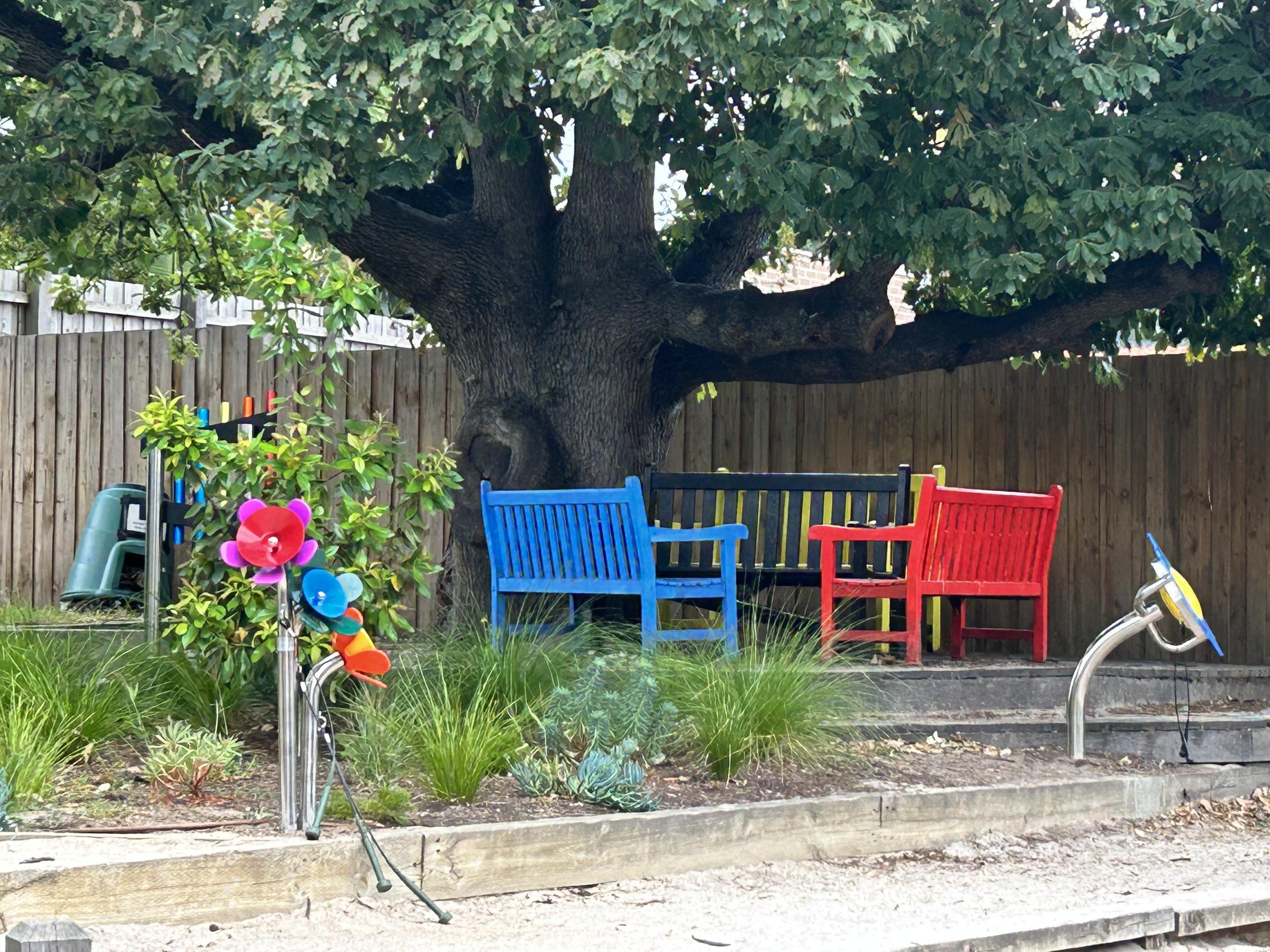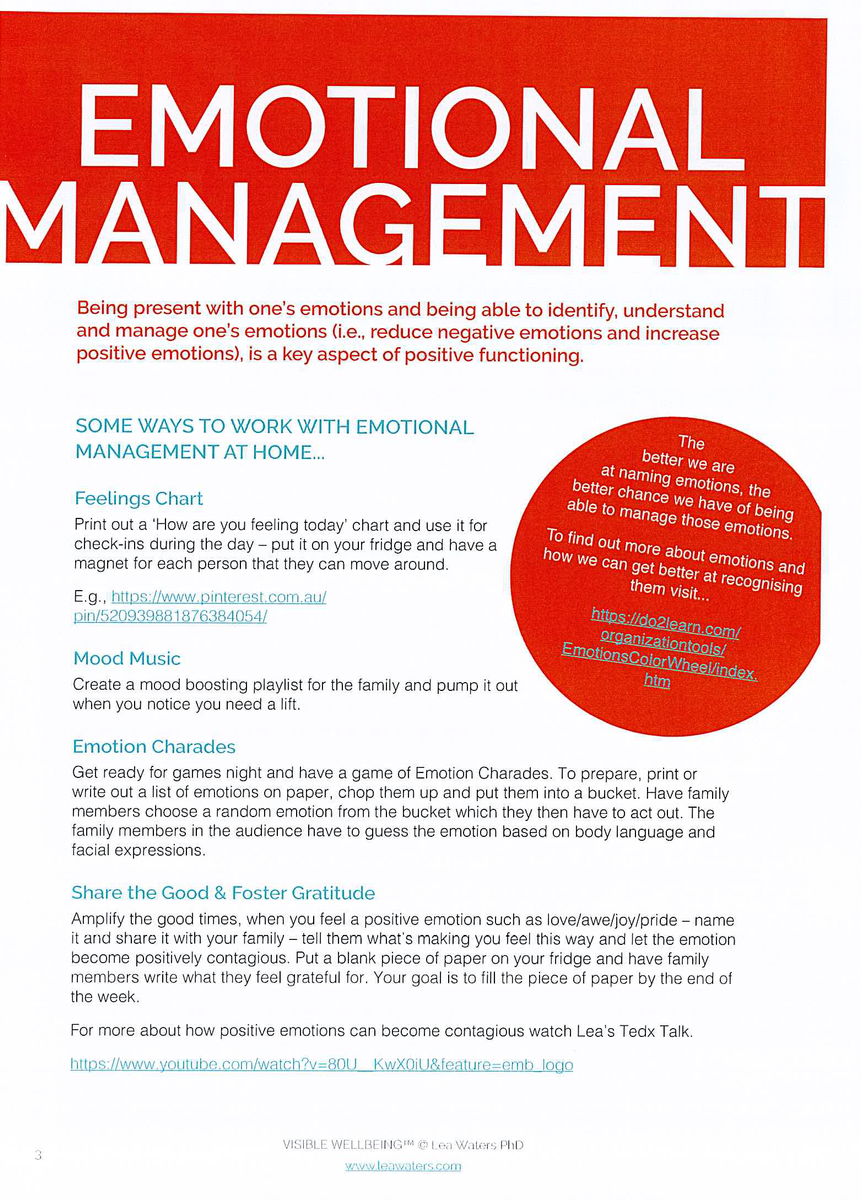Wellbeing
Amanda Howe | Assistant Principal

Wellbeing
Amanda Howe | Assistant Principal
When your child is angry, have you ever tried telling them to just “calm down?”
I bet it worked! I’m entirely confident that they smiled at you angelically and said something like, “Thank you for your wisdom! You are right; I do just need to calm down.”
Just kidding!
In fact, if they’re anything like my own kids, they may have yelled back, “I don’t want to calm down!” before storming off to their room and slamming the door behind them.
When it comes to dealing with big emotions like anger, it never helps to tell our children to just “calm down.” Yet anger isn’t the only emotion that we try to dismiss.
How often have we accompanied our kid to their first day at kinder, to a first play date with a friend, or to a new relative’s house and said something like, “Don’t worry! You’ll do fine?”
We might believe that we’re being reassuring. After all, these words are coming from a place of kindness and compassion. Yet they are unlikely to do anything to address the worries and anxieties our kids are experiencing.
The difference between anger and worry is that worry is often a hidden emotion. We may say “don’t worry,” and unlike saying “calm down,” it might seem to work. Our child may smile back at us as they walk into kinder or the new situation. They might even seem less nervous the next time. Yet on the inside, they’re thinking something like, “My parent doesn’t understand me… I can’t talk to my parent about my worries… I don’t have anyone to help me…”
Often, the biggest worry kids have is the fear of the unknown. We can greatly diminish the anxiety our kids are likely to feel by talking to them about what to expect. If they’re starting at a new kinder, that could mean introducing them to their teacher in advance, showing them where the bathrooms are, and letting them know what time you will be picking them up. If they’re going to visit a relative for the first time, it can be useful to remind them about how they are related, what the house will look like, and any rules that may be different at this new location. Whenever there is a big event on the horizon, it really pays to help our kids visualise what that event will look like.
If it looks like your child is getting nervous, telling them not to worry only invalidates their feelings. Instead, you can say something like, “It looks like you’re feeling a bit worried about something. Would you like to talk to me about it?” Then wait. Silence is a powerful form of communication; it tells our kids that we’re listening. Make sure not to jump in and try to solve their problems when they do start talking. Just listen and provide a sounding board as they work their way to their own solutions.
Some kids are more prone to anxiety than others. Importantly, worry and anxiety do not always look like worry and anxiety. It can often present as frequent stomach aches, trouble sleeping, or irritability. If you’re not sure what is driving your child’s behaviour, but there have been recent changes in your child’s life or a big event coming up, worry may be part of the problem. It can be useful to talk to them in age-appropriate terms about the purpose of worry – that worry is like a messenger telling us that something might go wrong, and we can use our worry to help us make good choices and stay safe. Books like The Worrysaurus by Rachel Brightand and What If? by Lynn Jenkins can also serve as a springboard for discussion.
Worry is just like any other emotion. We can’t stop our kids from feeling it by telling them to just calm down, relax, or get over it. Like with all emotions, the best thing we can do is to be patient and support our kids as the emotion runs its course.
This term Wellbeing lessons across the school will focus on Problem Solving and Emotional Management. Teachers will be supported by the Visible Wellbeing and Respectful Relationships resources to plan and implement learning activities for our students.
Visible Wellbeing defines Emotional Management as the
understanding and handling of our emotions productively in order to manage energy and engagement.
Respectful Relationships
Problem-solving skills are an important part of the coping repertoire. The classroom program provides a number of learning activities to develop students’ problem-solving skills. The activities in the program assist students to develop their critical and creative thinking skills, and to apply them to scenarios exploring personal, social and ethical dilemmas.

